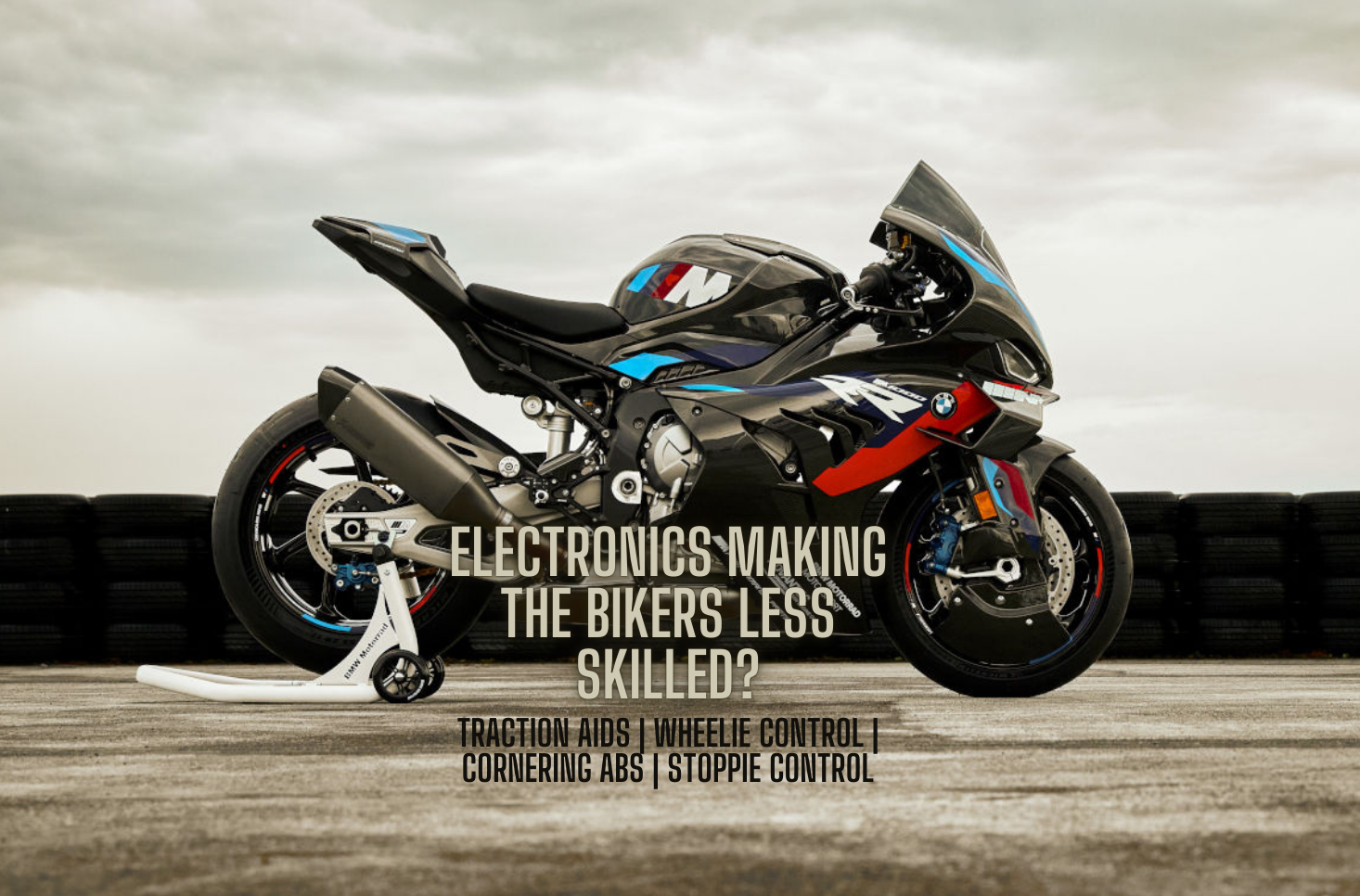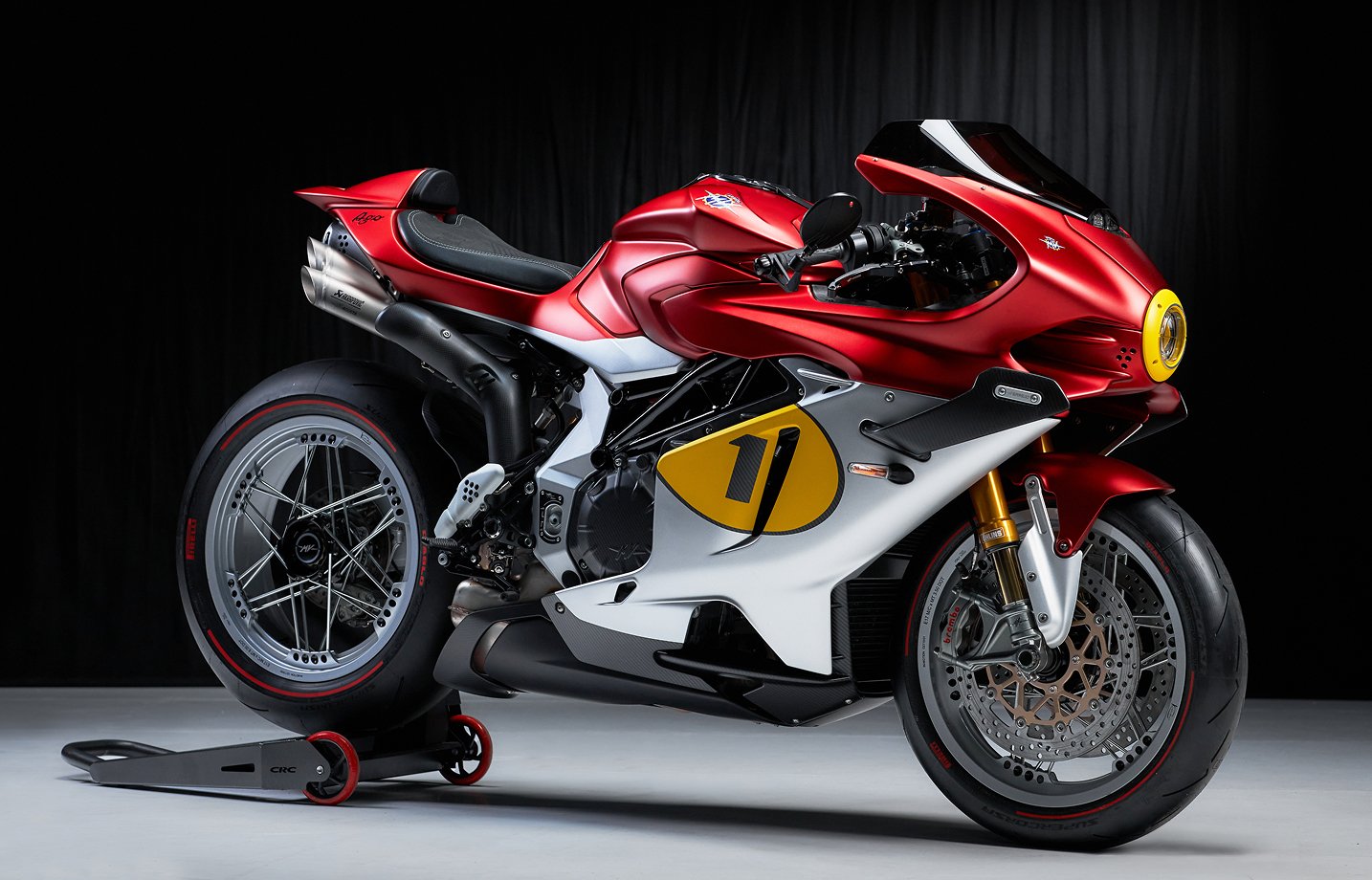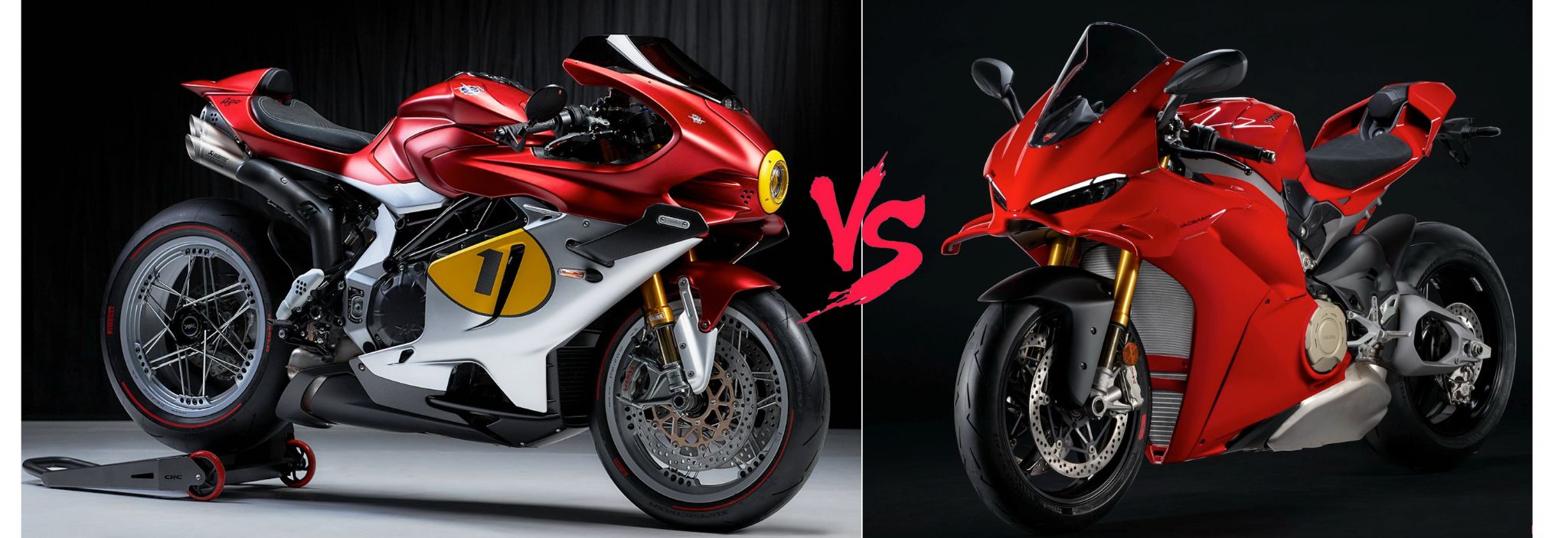CBR250RR, CBR400RR, and NSR250R were among the legendary Honda motorcycles of the 1990s that are remembered for their high-revving engines, which crossed the 18,000 RPM mark. These bikes were thrilling machines with raw power, precise engineering, and strange noises that could easily make any enthusiast swoon over them. In present times, however, modern Hondas do not go so extreme when it comes to revs in their engines, and this has been caused by changing attitudes in priority areas, such as tougher emissions rules, noise restrictions, and gas mileage. In addition, high-rev engines require complex lightweight materials and meticulous engineering, which adds cost to overall production. These days, these machines are built for a broader torque span and easier performance, building more on memories of high-revving legends than breathing new life into them.
Why were they exceptional?
It was a pretty noisy affair- Honda screams at the top of its lungs atop its mighty revving engines of the nineties. What is now left of them are the engines of CBR250RR and NSR250R, which were nothing but masterpieces of engineering in the frantic endeavour of creating an engine ready for what-industrial hallucinatory extravaganzas, generally 18,000 RPM and beyond; these engines utilized very effective lightweight compact engine configurations throughout all the advanced materials and techno-wizardry available. Titanium valves, forged pistons, and carefully designed cam profiles were just some of the important parts that made it possible for those tiny-displacement engines to generate incredible horsepower at terrific velocity and thus provide fantastic experiences for those who made a sport of wringing out every possible ounce from their machines.
They were also silenced-no need to mention, of course, the screaming performance numbers. Somehow, such engines managed to appeal to the raw muscular connotations of superiority and provoked sharp, high-pitched wails of the sound was like a symphony of mechanical precision from racing machines in Honda’s heavy motorsports history. For true enthusiasts, this simply carried from the very pleasure of the ride itself and created strong emotional ties between Man and Machine.
The golden period of motorbikes was represented by high decibel levels, such as Honda and others, as they displayed their art and technology in creating high-performance machines. Some of these look iconic today, symbolising a moment in time when engineering prowess, if ever, and the exhilarating attributes of riding were paramount in the design of motorcycles.
Five reasons why the brand moved away from high-revving engines,
- Regulations
Honda and other manufacturers are drifting towards lesser-high revs engines. Such fuel-burning characteristics of the engines do not comply with these modern norms. So, all these facilities develop more weighty internal combustion engines with mechanisms like variable valve timing by which they operate efficiently at lower revs.
- Cost Constraint
Engines that rev at higher speeds have ended up being quite expensive to manufacture. This is because they necessitate lightweight materials on top of precision machining and advanced engineering. However, features such as titanium valves and enhanced crankshafts are ideally suited to withstand extreme RPM levels and would cause the cost of production to soar further. Certainly, in today’s competitive world where affordability is a priority, such engines would definitely not be ideal for mass-market models.
- Consumer preferences
The market has grown quite a bit since it started in the early 1990s. Once interested in high-rev engines, most buyers today care primarily about features like usability, comfort, and fuel efficiency rather than peak horsepower. Riders nowadays favour the low-end torque and smoother power delivery of bigger lower-revving motors, which are more applicable to everyday use.
- Technology
As a result of recent engine development technology, these machines have gone through a change. Innovations like turbocharging and variable valve timing have also been introduced to the hybrids without relying on high revs in engines to increase performance levels. Improved fuel efficiency, better power delivery, and better emissions control together enable manufacturers to meet all the strict modern regulations while at the same time producing motorbikes that consumers will find even more realistic, reliable, and green.
- Recent Trends
From the high-revving street motorbikes, the brand today tends to bring out more balanced and efficient designs. This also is similar to the fact that the priorities of racing have, over the years, changed from pure speed to performance and durability. Under such modern regulations, they now focus on efficiency and durability. But at the same time, racing engines have come to adapt to the offering of much broader power bands. This has changed the kind of street bikes that came with smooth power deliverability along with much-improved reliability to meet the needs of competitors and everyday riders in one breath.















Inflate tyres with these 6 Creative Ways.
[…] NEXT: All about 90’s Honda Bike revv range. […]